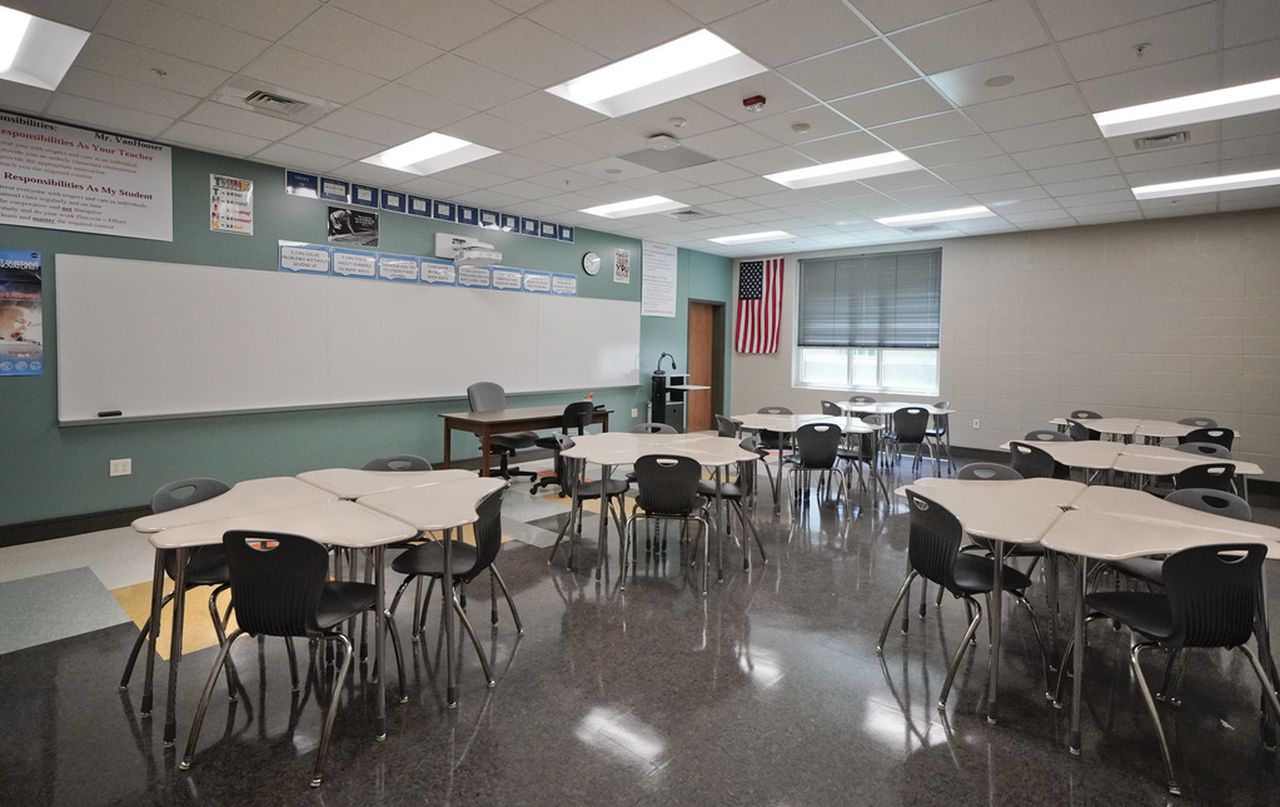Fewer Alabama teens are in foster care, but most age out without homes
Fewer teens and young adults are in Alabama’s foster care system, signaling improvements, but a new report says more must be done to connect young people to resources necessary for success later in life.
State experts say the report will help Alabama move forward to address gaps in the foster care system, the Department of Human Resources and other agencies.
“I think going forward, it gives us a blueprint to work with DHR and to work with our other partners now that we know where the current numbers are,” said John Stone, director of advancement at Children’s Aid Society of Alabama.
The study, conducted by the Annie E. Casey Foundation, highlighted outcomes for the 2,181 foster care youth aged 14-21 in Alabama in 2021. Some of the key findings include:
- The population of Black youth in foster care has dropped by almost 20% since 2006 while the population of white youth has increased by 7% and Hispanic youth by 5%.
- The number of children entering the foster care system because of neglect has dramatically increased nationwide, by nearly 20%. But in Alabama the raise has only been marginal, by 3%.
- The leading reason for entry into foster care in Alabama was child behavior problems in 2021. The percentage of children entering the system for that reason rose from 18% in 2006 to 26%.
- Mirroring national trends, more children are being placed into kinship care and fewer are being placed in group homes.
- Group homes used to be the most common placement for children in 2006. In 2021, the majority of Alabama children were placed with people they were not related to.
- Fewer children stay in foster care past their 18th or 19th birthdays.
- Compared to the national average, youth in Alabama foster care are less likely to use transition services like academic supports, vocational training and housing assistance.
- In 2021, young adults who aged out of the foster care system were less likely to have health insurance, employment, be enrolled in postsecondary institutions or have a high school diploma compared to the national average. They were, however, more likely to have stable housing.
Advocates have praised some recent efforts to increase resources for young adults to have independent lives after foster care. Alabama has programs like the Alabama Education and Training Voucher program and Fostering Hope scholarships available to help foster youth fund school, but many youth are not aware of them.
“I do think a lot more youth are taking advantage of [these programs] but it’s just getting out the information to the schools and to the kids. I think COVID kind of probably stopped a little bit of that…that information can kind of get lost during a shutdown especially when the programs are new,” said Torre Mcdonald, independent living program director at Children’s Aid Society of Alabama.
Mcdonald said Alabama has begun trying to close that gap by designating officials in charge of those programs to reach out to schools and to build connections with foster children who are close to aging out.
“I think that we’re getting there now and the state has identified the need and they’ve designated specific people where their only job is to reach out and make sure the resources are there. They reach out to all of the high schools to say like hey, do you have anybody that could benefit from these programs” said Mcdonald.
Children’s Aid Society provides a variety of services for foster youth and families, including shelter for young mothers and their children, adoption support, child trafficking solutions, parenting classes and independent living programs.
The organization even held a ceremony for foster care youth who are graduating from high school over the weekend in Montgomery.
“I do think awareness is increasing for what’s available to young people and I’m hopeful for the next reports that come out that progress will keep rising,” Mcdonald said.
